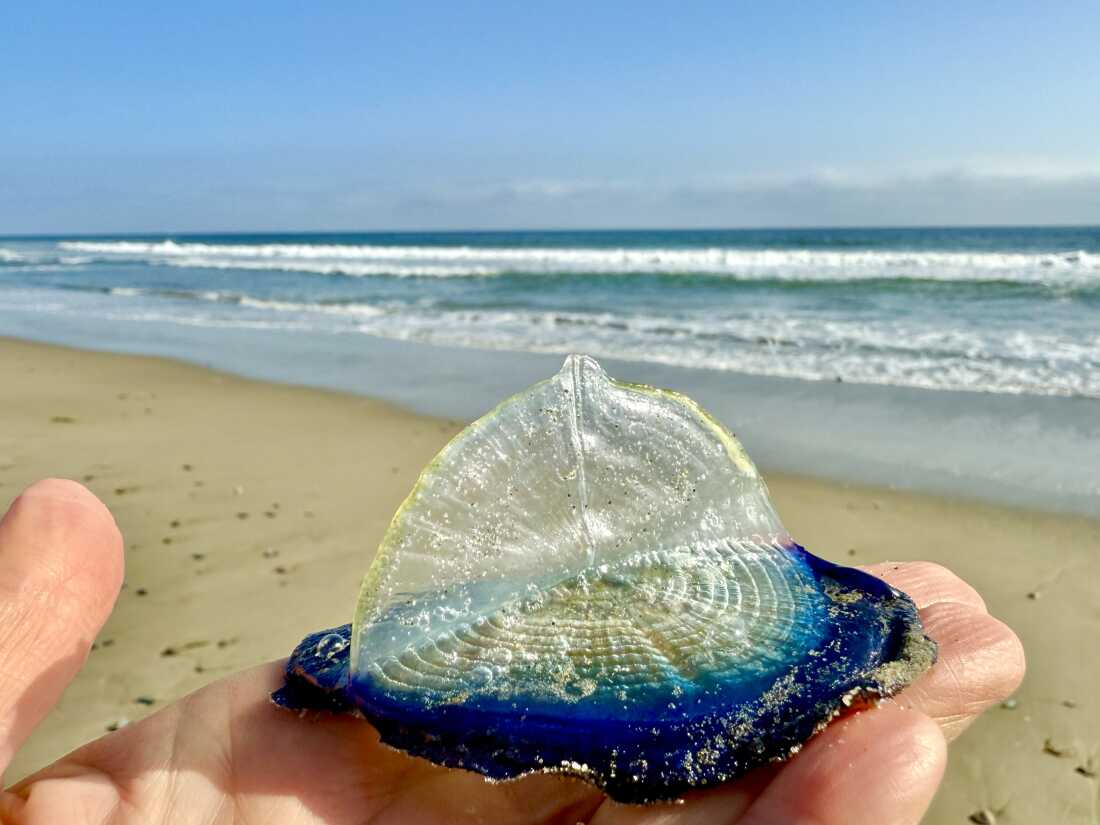Executive Summary
- Plasma jets are formed when the accretion disk around a black hole abruptly contracts, particularly when its inner edge reaches the innermost stable circular orbit (ISCO).
- Black hole jets can either stimulate or suppress star formation in galaxies, depending on the jet's angle and the black hole's rotational direction relative to its accretion disk.
- Counterrotating black holes, which rotate in the opposite direction of their accretion disk, produce jets that may influence where extraterrestrial civilizations could emerge.
Event Overview
Black holes, particularly active ones with accretion disks, play a significant role in galaxy dynamics. Recent research has focused on understanding the formation mechanisms of powerful plasma jets ejected from these black holes and their impact on the surrounding environment. These jets can influence star formation rates and distribute energy across the universe, affecting galaxy evolution. Understanding these processes is crucial for comprehending the broader cosmic landscape and identifying potential habitable zones.
Media Coverage Comparison
| Source | Key Angle / Focus | Unique Details Mentioned | Tone |
|---|---|---|---|
| Techno-Science.net | Formation of black hole jets linked to accretion disk dynamics | Jets are triggered when the accretion disk's inner radius reaches the ISCO. The study analyzed X-ray and radio data. Mentions researchers planning to apply findings to supermassive black holes. | Informative and scientific |
| Stuff South Africa | Black holes as guides for identifying potential habitable zones | Explains counterrotation and corotation of black holes and accretion disks. Discusses the impact of tilted jets and X-ray emissions on potential life. Suggests low-density environments with merged galaxies 11 billion years ago as potentially habitable. | Analytical and speculative |
Key Details & Data Points
- What: Black holes eject powerful plasma jets that influence star formation and energy distribution in galaxies. The formation of these jets is linked to the accretion disk dynamics and the black hole's rotation.
- Who: Professor Kazutaka Yamaoka led an international team studying the formation of jets. David Garofalo is a Professor of Physics who developed a model using black holes to help find potentially habitable enviroments.
- When: Recent research has focused on understanding jet formation. Counterrotation of black holes can take millions or billions of years to transition to corotation. A model indicated extraterrestrial civilizations were most likely to emerge billions of years ago.
- Where: The research focuses on black holes within galaxies. One study focuses on a binary system comprising a black hole and a Sun-like star. Habitable zones are potentially located in low-density environments where galaxies merged about 11 billion years ago.
Key Statistics:
- Key statistic 1: Jets can extend for thousands of light-years (affecting star formation in galaxies)
- Key statistic 2: Counterrotation to corotation transition can take 100 million to billions of years (affecting jet power and angle)
- Key statistic 3: Galaxies merged about 11 billion years ago (environments where advanced extraterrestrial civilizations were most likely to emerge)
Analysis & Context
The two articles provide complementary perspectives on black holes and their jets. Techno-Science.net focuses on the mechanism of jet formation, linking it to the accretion disk's dynamics. Stuff South Africa emphasizes the impact of these jets on the surrounding environment, particularly regarding habitability. The concept of counterrotation is a significant detail, suggesting that the rotational direction of the black hole relative to the accretion disk influences jet behavior and its impact on star formation. Discrepancies are minimal, primarily concerning the focus: one on formation, the other on implications for habitability.
Notable Quotes
Professor Yamaoka emphasizes that these mechanisms could be universal, applying to both stellar and supermassive black holes.
Conclusion
Black hole jets are a powerful cosmic phenomenon that shapes galaxies and potentially influences the distribution of life in the universe. Recent research has illuminated the formation mechanisms of these jets, linking them to the dynamics of accretion disks. Furthermore, the impact of jet orientation and the black hole's rotation on star formation and habitability is becoming clearer. Further studies are needed to fully understand the complex interactions between black holes, their jets, and the surrounding cosmic environment.
Disclaimer: This article was generated by an AI system that synthesizes information from multiple news sources. While efforts are made to ensure accuracy and objectivity, reporting nuances, potential biases, or errors from original sources may be reflected. The information presented here is for informational purposes and should be verified with primary sources, especially for critical decisions.









